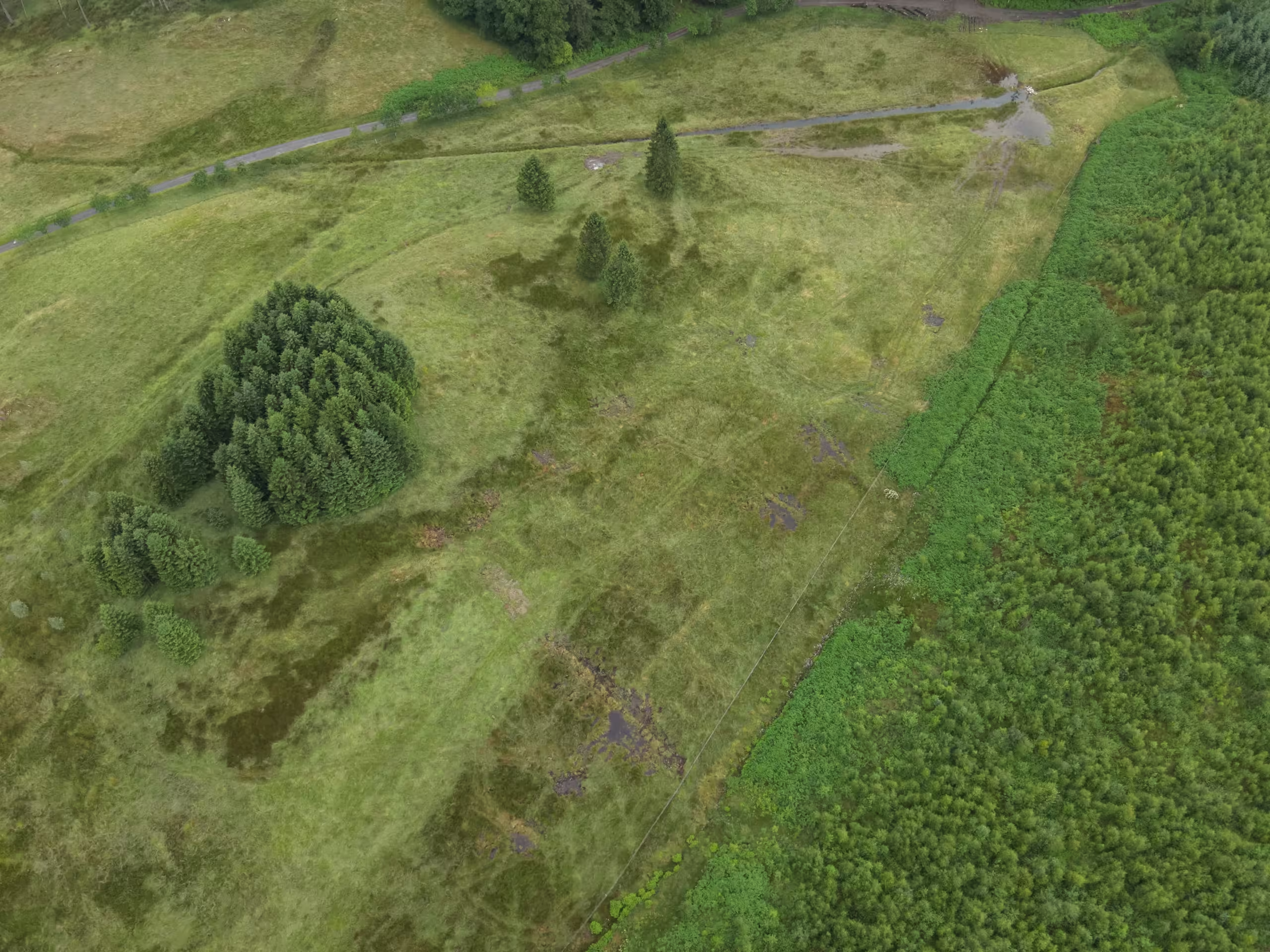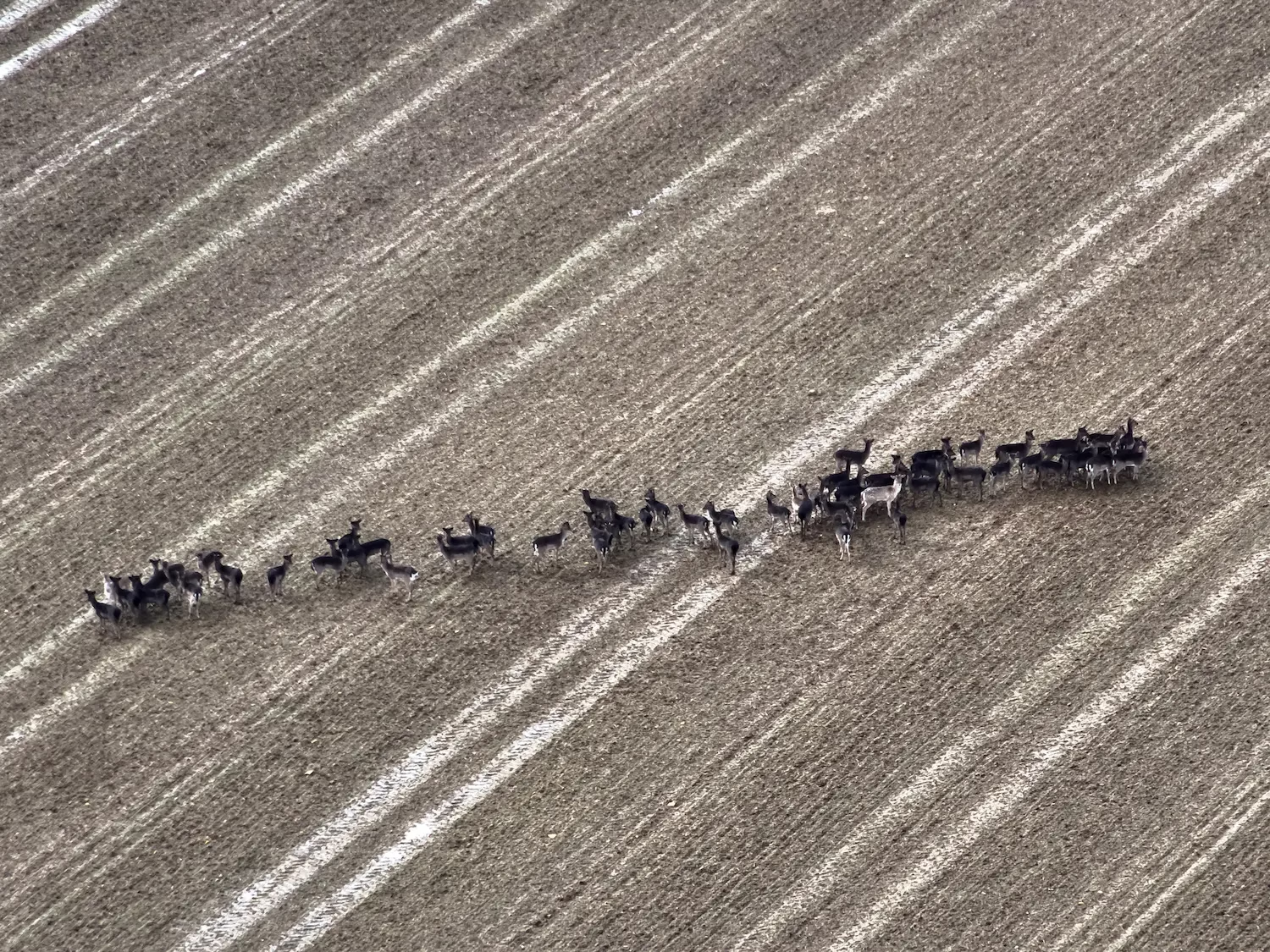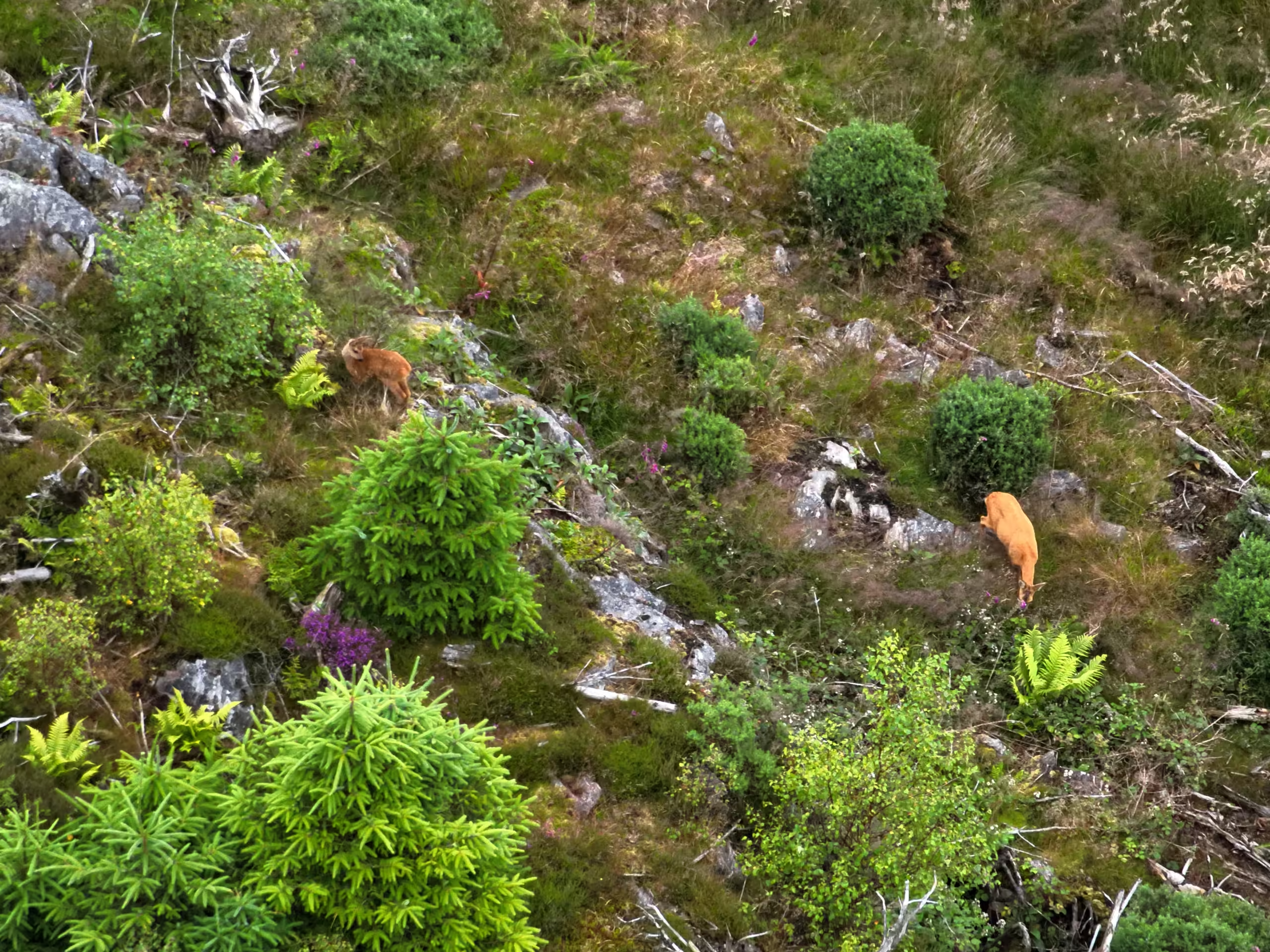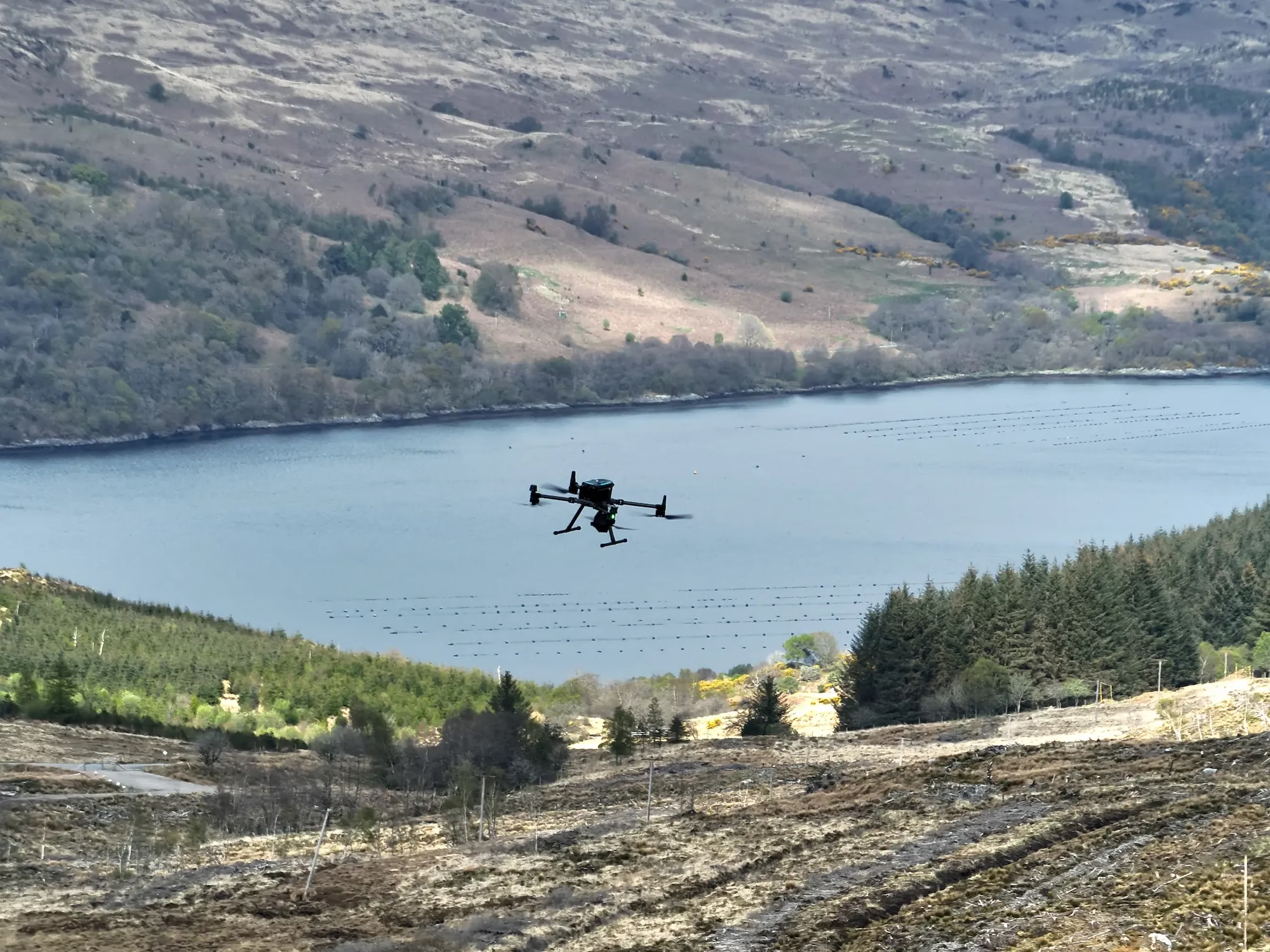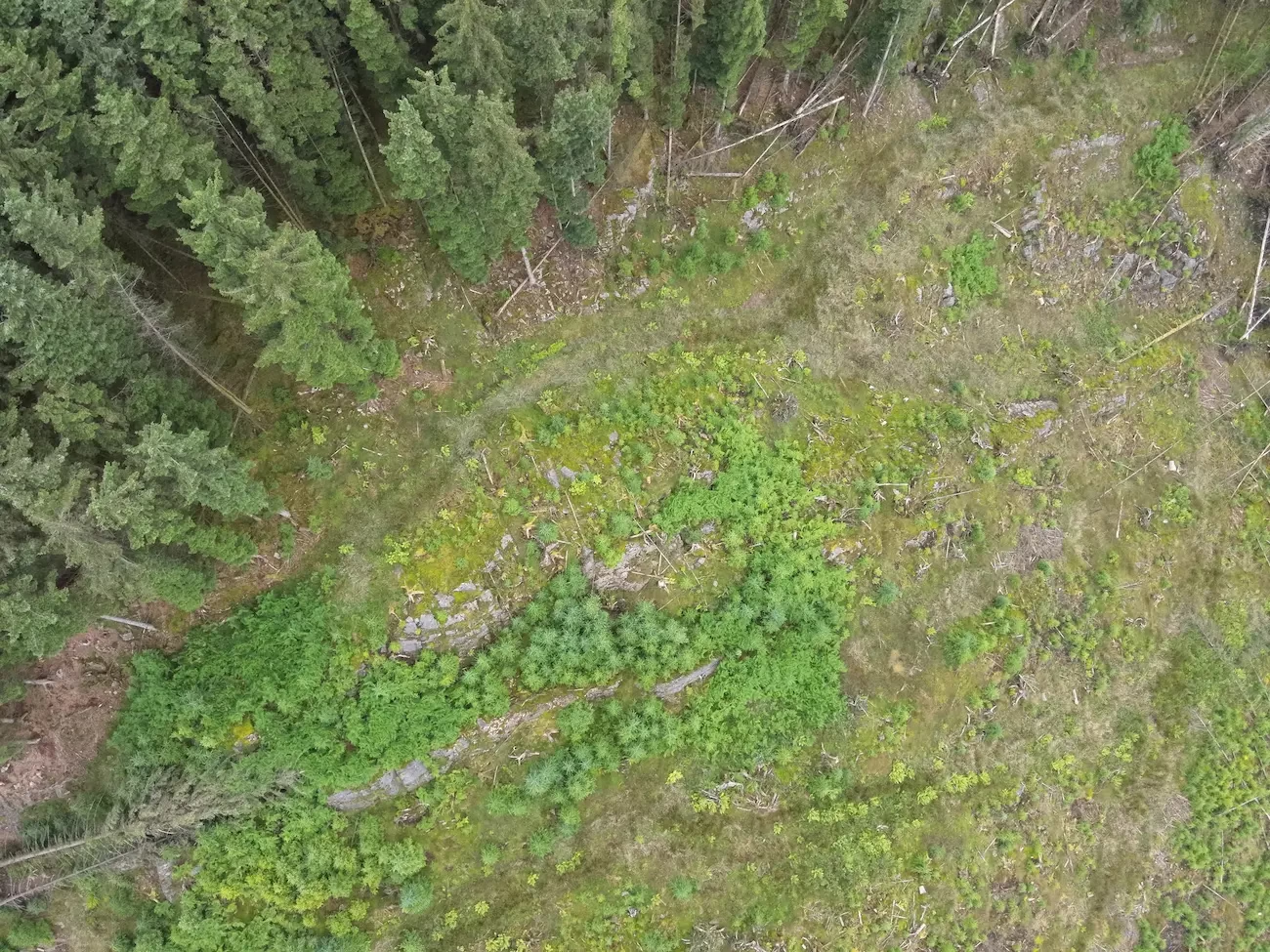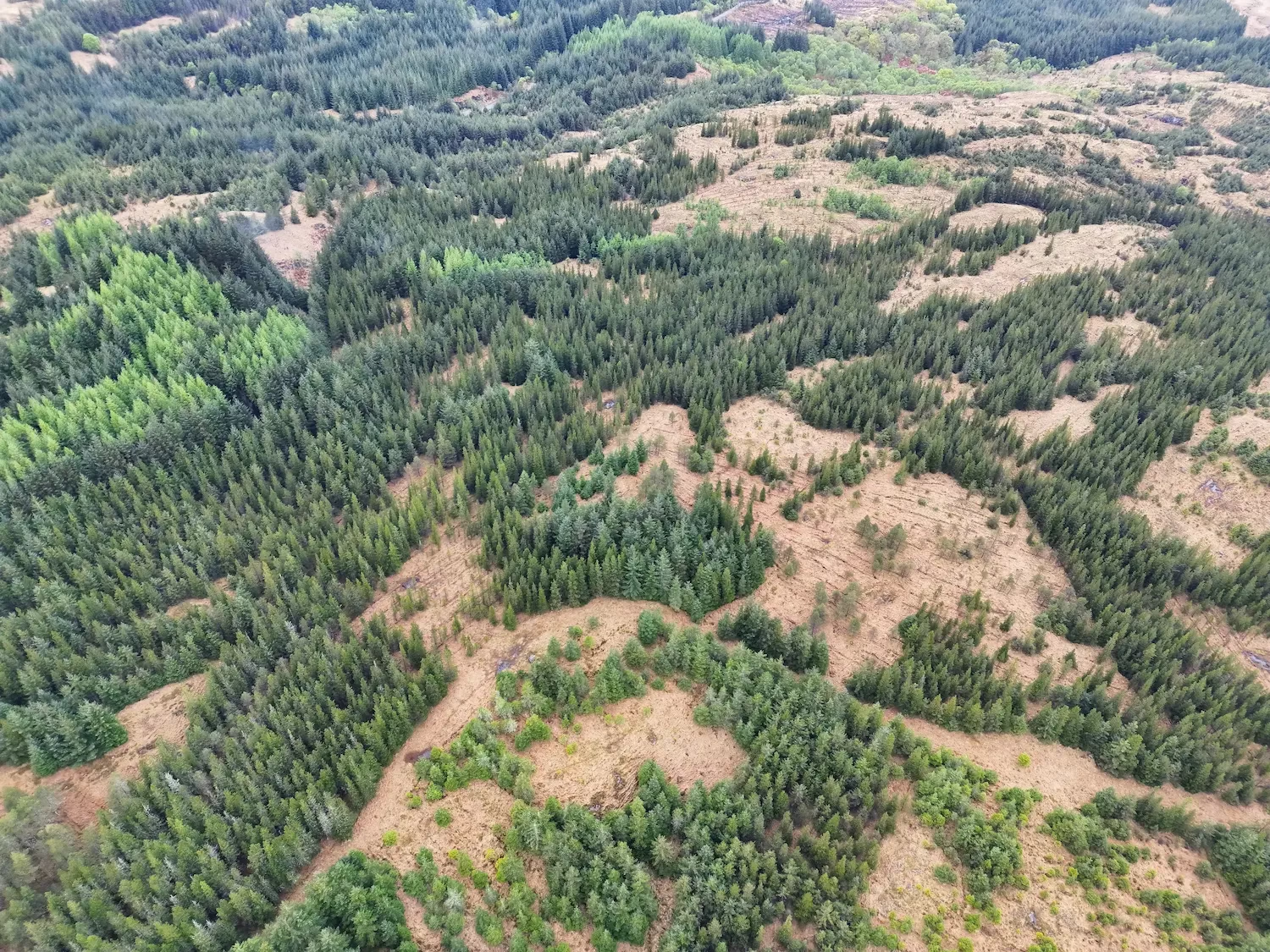What Are Feral Deer and How Did They Become Widespread in the UK?
In the UK, the term feral deer refers to non-native or escaped deer species that have formed free-ranging, self-sustaining populations. Unlike native red and roe deer, these species, such as muntjac, sika, and fallow deer, were introduced deliberately or accidentally from private estates, deer farms, or parks.
Most introductions occurred during the 19th and early 20th Centuries, a period when exotic animals were frequently added to ornamental Parklands. Over time, escapes and releases led to populations establishing themselves in the wild. With few natural predators, a mild climate, and abundant food sources, feral deer in England and Wales have flourished.
Today, these species are considered by many experts to be invasive species, with several now regarded as a pest animal in specific contexts. Their presence poses growing concerns for woodland ecosystems, agriculture, and infrastructure.
To understand how each species fits into the broader picture, see our related article: Discover British Deer: A Guide to UK Deer Species & Conservation.
Environmental and Agricultural Impacts: Why Feral Deer Are Viewed as a Problem
Not everyone views feral deer as harmless. There is mounting concern that they are becoming a pest species due to their expanding numbers and increasing environmental footprint.
Key impacts of feral deer:
- Woodland degradation. Over-browsing by deer prevents natural tree regeneration and alters forest structure.
- Biodiversity loss. Damage to understorey vegetation can affect ground-nesting birds, invertebrates, and rare flora.
- Crop destruction. In arable areas, deer cause damage to cereals and vegetables, prompting the use of deer fencing and other exclusion techniques.
- Road collisions. Expanding deer populations contribute to a rise in deer-vehicle collisions, impacting public safety and incurring economic costs.
Without comprehensive deer population management, these issues are expected to intensify. In some areas, such as in Southern England, feral deer are now classified as a pest animal under local biodiversity frameworks because they compromise biodiversity monitoring goals and habitat integrity.
The Case for a More Nuanced View: Could Feral Deer Have Ecological Value?
Despite these concerns, some conservationists argue that feral deer, when properly managed, can offer ecological and cultural value.
Arguments in support:
- In select woodlands, moderate deer browsing can create gaps in vegetation that encourage plant diversity.
- Deer may aid seed dispersal and influence woodland dynamics in beneficial ways.
- Rural communities often view deer as part of the cultural landscape and support wildlife tourism.
Some wildlife trust consultancies advocate for management strategies that reflect local context and site-specific data instead of blanket eradication policies. Integrating biodiversity monitoring services into local planning supports smarter, more adaptive deer management UK practices.
Current Challenges in Managing Feral Deer in the UK
Unlike Australia, which has introduced a National Feral Deer Action Plan, the UK lacks a unified approach. The absence of national coordination makes managing feral deer populations more difficult.
Persistent challenges include:
- Legal variation. Wildlife legislation varies across England, Scotland, Wales, and Northern Ireland.
- Public perception. Culling and ground shooting attract ethical objections even when deemed necessary.
- Information gaps. Limited current data on deer densities hinders effective deer control
- Policy fragmentation. The lack of a national feral deer management strategy leads to inconsistent implementation.
With numbers rising and the risk of ecological harm growing, experts increasingly call for a UK-wide strategy similar to Australia’s model. Enhancing biosecurity, coordinating agencies, and aligning with conservation goals are key aspects of managing feral deer.
How Boddy Environmental Responds to the Challenge
At Boddy Environmental Ltd., we recognise the complexity of feral deer management and focus on evidence-based, ethical solutions.
Our services include:
- Deer drone surveys using thermal imaging for accurate herd counts
- Regular biodiversity monitoring services to track habitat changes
- Bespoke wildlife management services for conservation, farming, and estate clients
Our deer management services aim to balance deer presence with ecological and economic outcomes. We work with clients to assess land-specific risks, design tailored plans, and implement responsible solutions.
Visit our Deer Management Services or learn more about our Deer Damage Surveys.
Looking Ahead: What Does the Future Hold for Feral Deer in the UK?
The role of feral deer in the UK landscape remains contested. Whether labelled as pest animals, naturalised wildlife, or an invasive species, their management is an urgent and evolving challenge.
To ensure responsible outcomes, stakeholders must:
- Expand deer population monitoring programmes
- Develop a unified UK-wide approach to managing deer
- Support cross-sector dialogue between conservationists, landowners, and policy bodies
At Boddy Environmental, we help bridge science and practice. Our goal is to support sustainable deer management that protects both biodiversity and rural livelihoods.
Need support with feral deer assessment or habitat impact surveys? Contact Boddy Environmental today.
